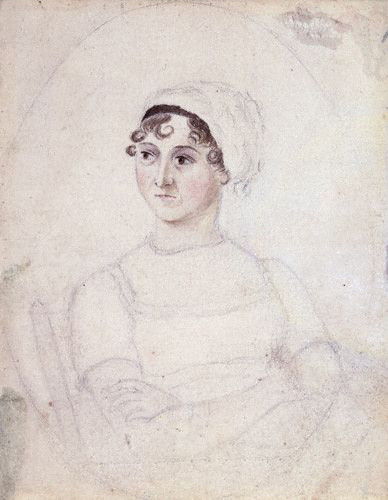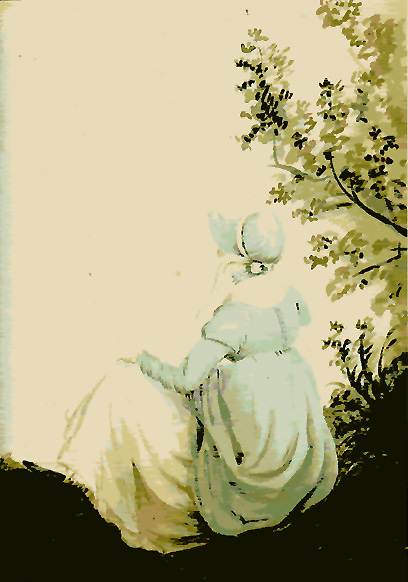Anyway presenting chapter 2
Nice to eat with you: Acts of communion
Sometimes a meal is not just a meal
However more often than not, it is not
Whenever people eat or drink together, it is communion
Communion- an act of charing and peace
The very act of eating or ingesting is personal
It is often difficult for a writer to write an interesting meal scene
For example : Tom Hones by Henry Fielding uses meals to represent sexual union
communion as you can see does not even need to be holy or decent
There is bound to be commonalities with the person one eats with
Smoking can also be a sort of communion
Something which is ritualistic
When a dinner turns ugly or does not happen at all
It often means a bad sign
For example if 2 people eat and a person interrupts them and the 2 stop eating we pretty know what they think towards the intruder
sharing food with a dog often shows companionship and kinship
Lets say 2 people are eating but one is planning the demise of the other
we find this meal scene revolting and also to the act of murder
Food can also be like armies, drawn up with tension
The reader can also be part of the communion
perhaps to understand the feelings of the other characters at the table, Awkwardness etc.
A communion is often about life and very seldom about death.
Yup that is the end of chapter 2. I guess I am pretty faithful to do this up everyday.
So Signing off
Mr Botti

